Birdwatching in Aysén: Exploring the Biodiversity of Chilean Patagonia
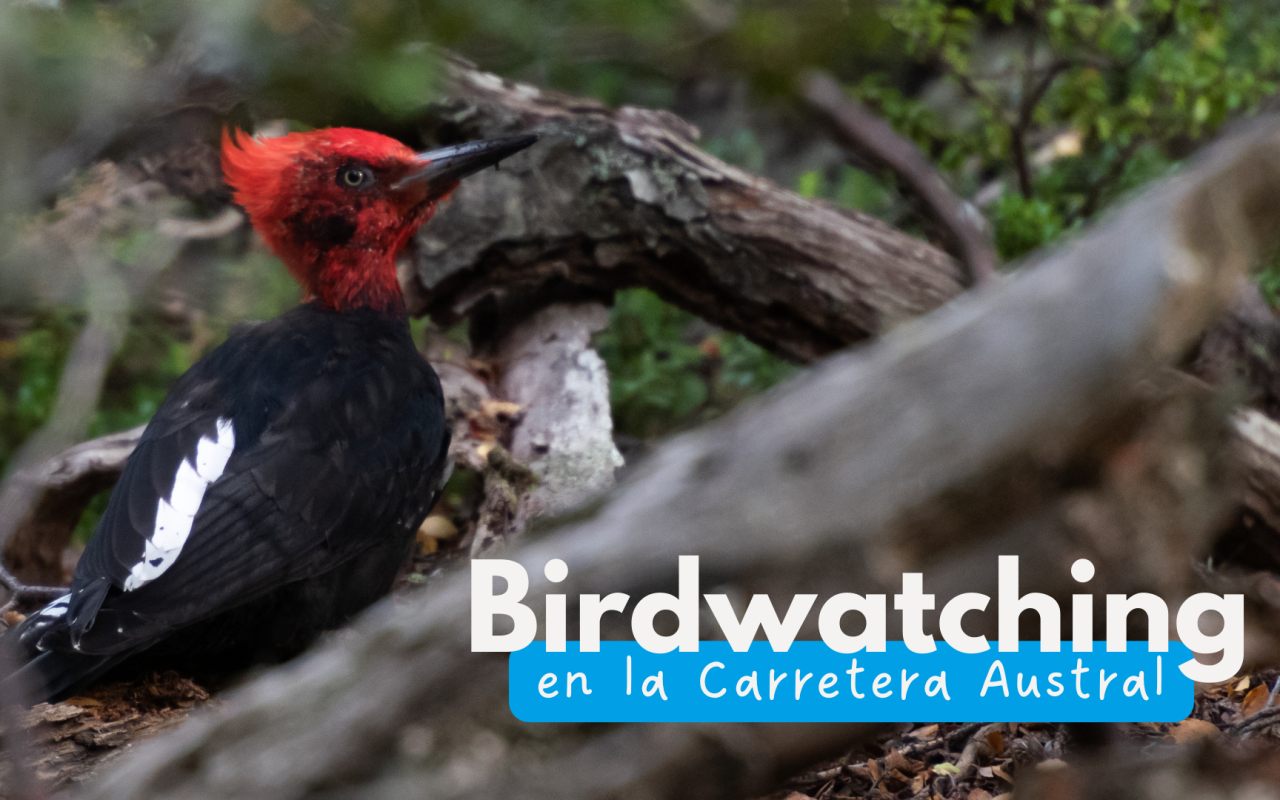
Aysén is one of the destinations at the southern tip of the world that stands out for its wild nature, where its snow-capped peaks and turbulent rivers of cold waters rise as far as the eye can see in the distance. But today, our eyes will not linger on these, but instead, we will raise our gaze to the pristine sky of Chilean Patagonia, where the Patagonian wind whispers ancestral secrets and where a unique avian spectacle unfolds day by day, awakening curiosity and awe. Birdwatching is indeed one of the emblematic activities of the region, due to the great biodiversity that its Patagonian geography bestows upon us.
Unique Birds in the World: Treasures of Patagonia
Hidden among the treetops and bushes are winged treasures that characterize the landscape of Aysén and are not found in other latitudes. Among them, the Magellanic Woodpecker (Campephilus magellanicus) stands out. You can identify it from a distance by hearing its unmistakable drumming amidst the forest and catching a glimpse of the unmistakable vibrant red head of the males amid the forest's thickets.
Another emblematic inhabitant of the region is the Ringed Kingfisher (Megaceryle torquata), which stands out for being the largest kingfisher in the Americas. You can often find it searching for fish in shallow waters.
Completing this group of emblematic birds in the region is the Magellanic Snipe (Gallinago stricklandii), a resident of grasslands and wetlands, very rarely seen and little known. Therefore, if you happen to glimpse its distinctive silhouette and its curious gait among the vegetation, consider yourself truly fortunate.
Iconic Birdwatching Destinations in Aysén
Now that you're familiar with some of our feathered neighbors, whether you're an expert birder or a beginner, it's time to introduce you to the must-visit destinations in the region for the best birdwatching encounters, whether with these or other native species of the country:
- Jeinimeni Lake National Reserve
Our first stop takes us to this sanctuary of wildlife, where Andean condors majestically dance in the updrafts and black-necked swans elegantly glide through the waters.
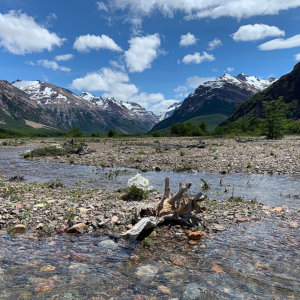
- Queulat National Park
Venturing into this magical park, we encounter forests and wetlands that are home to the Magellan goose and the austral thrush soaring through the skies.
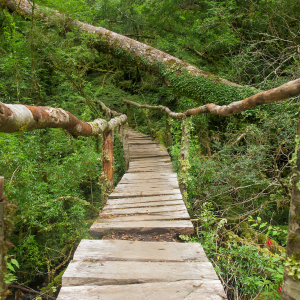
- Cerro Castillo National Park
This natural treasure welcomes us with a diversity of habitats that rival in beauty, offering refuge to the Magellanic woodpecker and the southern hummingbird, who brighten the landscape with their presence.
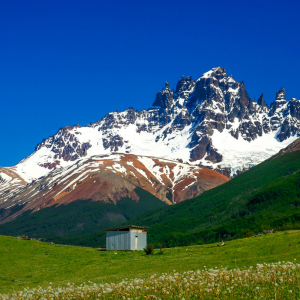
- Simpson River National Reserve
Here, the lenga and coihue forests serve as a stage for a parade of passerine birds, those small birds that enliven the landscape with their distinctive songs here and there. Thus, the thorn-tail rayadito, the chucao tapaculo, and the austral thrush dance among the branches, while the common diuca trills melodies that intertwine with the murmur of the river.
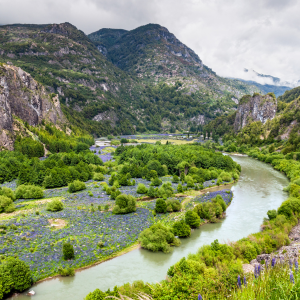
- Patagonia National Park
Finally, we have this majestic realm of birds and landscapes, where mountains and glaciers provide shelter to iconic species such as the Andean condor and the torrent duck, living witnesses of the magnificence of nature.
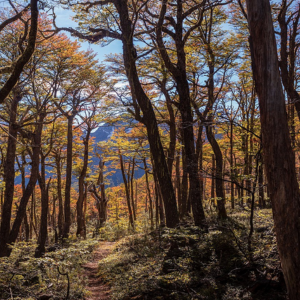
Tips for an Unforgettable Experience
If you wish to explore this ornithological paradise, we recommend traveling the Carretera Austral between September and April, which is the summer season in the southern hemisphere and therefore when birds are most active.
Don't forget to bring suitable clothing for the region's changing weather and good binoculars to observe them from a safe distance. It's also a good idea to carry a field guide to the birds of Chile, whether in physical or digital format, such as eBird or the Aves de Chile portal.
Above all, remember to observe the birds with respect and responsibility, which includes not disturbing or feeding them, as it's important for them to maintain their distance from humans so they can continue to be part of this unique and ancient Austral ecosystem. By doing so, you'll be contributing to the conservation of the natural habitat of these birds and the other animals that inhabit it.
Categorías - Route Patagonian Parks - Bird Watching - Parks